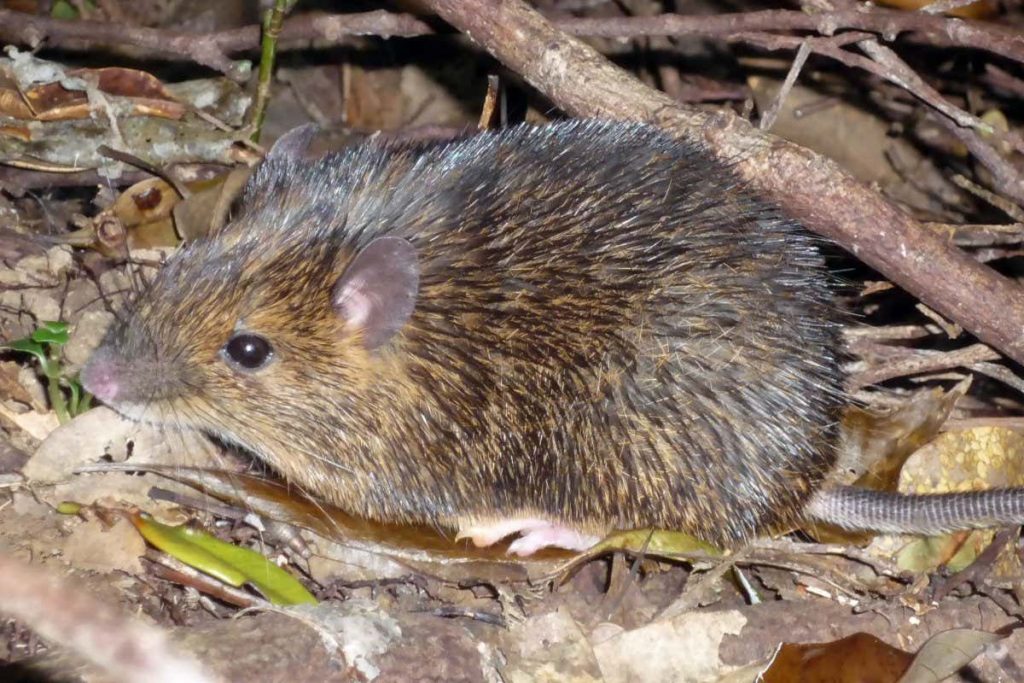The Amami spiny rat
ASATO KUROIWA
For any mammal, the loss of the Y chromosome should mean the loss of males and the demise of the species. So how the Amami spiny rat manages without a Y chromosome has puzzled biologists for decades. Now, Asato Kuroiwa at Hokkaido University in Japan and her colleagues have shown that one of the rat’s normal chromosomes has effectively evolved into a new male sex chromosome.
The Y chromosomes in many mammals, including us, have been shrinking over tens of millions of years and could eventually disappear, says Kuroiwa. The spiny rat shows how this might happen, she says.
There are many different sex-determining systems across the animal kingdom, but in virtually all mammals, sex depends on the X and Y chromosomes. If an embryo inherits two X chromosomes, it develops into a female. If it inherits an X and a Y, it becomes male.
Advertisement
This happens because the Y chromosome contains a gene called SRY that switches on “male” genes on other chromosomes – most importantly the SOX9 gene that triggers the development of testes.
The Amami spiny rat (Tokudaia osimensis), found on the Japanese island of Amami Ōshima, is one of just a handful of mammals that lack Y chromosomes. What’s more, females as well as males have just a single X chromosome.
As the existence of female mammals shows, the shrunken Y doesn’t contain any crucial genes, so cells and individuals can survive its loss. In fact, recent studies show it is often lost from cells as men age. But the loss of the Y from an entire population should result in extinction, because there would be no more males.
To find out how male spiny rats still exist, Kuroiwa and her team first sequenced the genomes of several males and females, but didn’t find any variants unique to males. They then looked more closely and found that in male rats, one of the two copies of chromosome 3 has a duplicated region, right next to SOX9.
The team did a number of experiments – including adding the duplicated region to mice – to show that this duplication boosts the activity of SOX9 and thus effectively replaces SRY. This means that the chromosome 3 with the duplication has become a “proto-Y”, while the version without the duplication is a “proto-X”.
To demonstrate this beyond doubt, the team would have to delete the duplication in spiny rats to show that no males develop, says Robin Lovell-Badge at the Francis Crick Institute in London, one of the researchers who discovered the SRY gene. Such experiments can’t be done as the spiny rat is an endangered species. “However, the evidence they have is all quite convincing,” he says.
Duplications of this kind, known as copy number variations, are hard to spot, which would explain why previous attempts to find out how male spiny rats became male have come up blank.
The duplication must have arisen sometime after 2 million years ago, as this is when the spiny rats diverged from related species that still have a Y chromosome. Once the duplication was present, the loss of the Y chromosome would no longer result in the loss of all males. Kuroiwa thinks that, for a while, a mixed population of males with and without a Y was probably present on the island.
Then, most individuals died off, probably as a result of rising seas, leaving only males with no Y. “At some point in the past, the sea level rose and the land area was much smaller,” says Kuroiwa.
“I think this is a brilliant piece of work. The evidence is very compelling,” says Jenny Graves at La Trobe University in Melbourne, Australia, who, in 2002, controversially claimed that the human Y chromosome will eventually be lost in around 10 million years. “There’s no reason to think our Y chromosome is any more robust than the spiny rat’s,” she says.
“I absolutely agree with Jenny,” says Kuroiwa. “I also believe that the Y chromosome will disappear.”
But Lovell-Badge points to a number of studies suggesting that the Y chromosome is doing fine and is in no danger of being lost by us or other mammals. “I think the paper makes it pretty clear that the loss of a Y chromosome in mammalian evolution is a very rare event,” he says.
Because both sexes in the Amami spiny rat now have only a single X chromosome, this could also be lost over time. “Since it is unstable and mutations are accumulating, I think that X will eventually disappear,” says Kuroiwa.
However, if the descendants of the Amami spiny rat survive long enough, its proto-X and proto-Y chromosomes are likely to evolve along the same lines as the X and Y, with the proto-Y shrinking and becoming distinct from the proto-X.
More on these topics:

